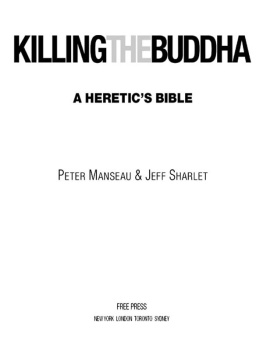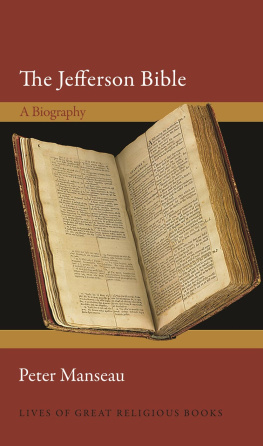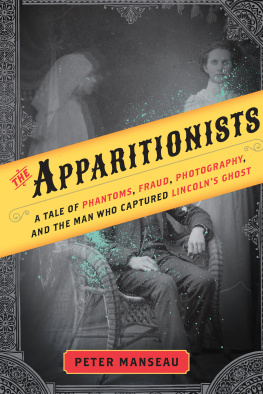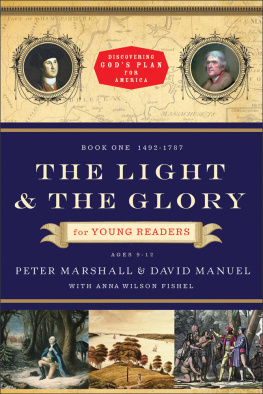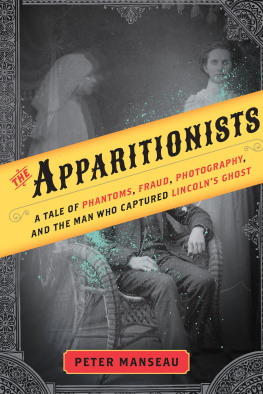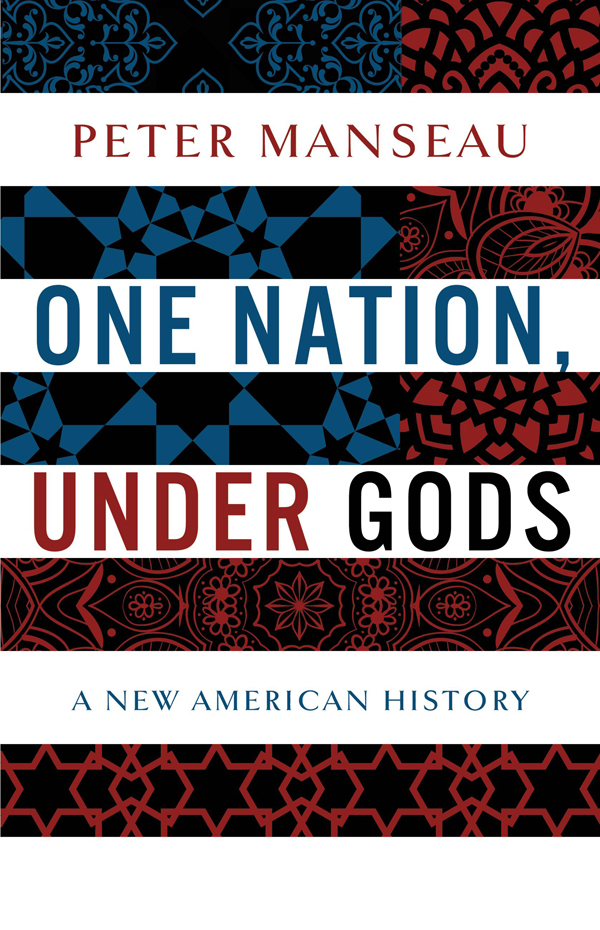Peter Manseau - One Nation, Under Gods: A New American History
Here you can read online Peter Manseau - One Nation, Under Gods: A New American History full text of the book (entire story) in english for free. Download pdf and epub, get meaning, cover and reviews about this ebook. year: 2015, publisher: Little, Brown and Company, genre: Religion. Description of the work, (preface) as well as reviews are available. Best literature library LitArk.com created for fans of good reading and offers a wide selection of genres:
Romance novel
Science fiction
Adventure
Detective
Science
History
Home and family
Prose
Art
Politics
Computer
Non-fiction
Religion
Business
Children
Humor
Choose a favorite category and find really read worthwhile books. Enjoy immersion in the world of imagination, feel the emotions of the characters or learn something new for yourself, make an fascinating discovery.

- Book:One Nation, Under Gods: A New American History
- Author:
- Publisher:Little, Brown and Company
- Genre:
- Year:2015
- Rating:3 / 5
- Favourites:Add to favourites
- Your mark:
One Nation, Under Gods: A New American History: summary, description and annotation
We offer to read an annotation, description, summary or preface (depends on what the author of the book "One Nation, Under Gods: A New American History" wrote himself). If you haven't found the necessary information about the book — write in the comments, we will try to find it.
At the heart of the nations spiritual history are audacious and often violent scenes. But the Puritans and the shining city on the hill give us just one way to understand the United States. Rather than recite American history from a Christian vantage point, Peter Manseau proves that what really happened is worth a close, fresh look.
Thomas Jefferson himself collected books on all religions and required that the brand new Library of Congress take his books, since Americans needed to consider the twenty gods or no god he famously noted were revered by his neighbors. Looking at the Americans who believed in these gods, Manseau fills in Americas story of itself, from the persecuted witches at Salem and who they really were, to the persecuted Buddhists in WWII California, from spirituality and cults in the 60s to the recent presidential election where both candidates were for the first time non-traditional Christians.
One Nation, Under Gods shows how much more there is to the history we tell ourselves, right back to the countrys earliest days. Dazzling in its scope and sweep, it is an American history unlike any youve read.
Peter Manseau: author's other books
Who wrote One Nation, Under Gods: A New American History? Find out the surname, the name of the author of the book and a list of all author's works by series.

